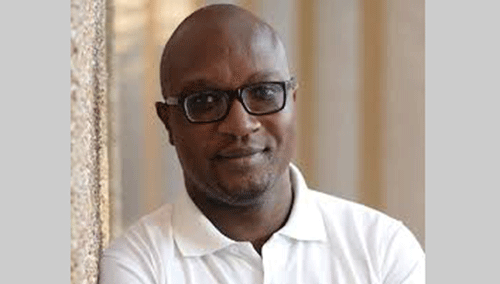Lila Quin in his thesis “Apartheid’s Last Hope: The International Fight for Walvis Bay, 1966-1994” narrates that in 1959, a young man was travelling around southern Africa with a Bible in hand, dressed as a preacher and looking ready to give a sermon. However, his plan was not to give a hearty Christian session to the masses, but rather to accomplish something highly illegal at the time.
The man planned to set up a cell for the newly-developed Ovamboland People’s Organisation (OPO), which would transform the next year into the South-West African People’s Organisation (SWAPO).
As a leader with a political dream, and an organisation to represent it, he, along with his co-leaders, began a long resistance against the South African government’s occupation of South-West Africa (present-day Namibia.) This occupation included Walvis Bay, a port city located in the middle of the coast. This man was none other than Sam Nujoma, Namibia’s future first president.
As a young lad growing up in Kuisebmond, my obsession to the persona of Nujoma was exposed earlier through my grandmother’s Church Circle, where after each Sunday Service, they remained behind to discuss matters of the liberation struggle. One of those discussions was the issue of the return of Walvis Bay and reincorporating it into Namibia. To get the masses riled up, Nujoma knew that the church would be crucial in swaying the South African Administration to relinquish Walvis Bay.
The story of the reintegration of Walvis Bay and the offshore islands into Namibia was a pivotal vision for Sam Nujoma, just as it was his dream for a free and united, independent Namibia.
Sam Nujoma saw Walvis Bay, Namibia’s only deepwater port, as a crystal ball that would reveal the future of southern Africa – but more so, its importance for the economic trajectory of Namibia.
By way of narration, somewhere in 1993, my late uncle Moses Paulus, then a gardener working for the Municipality of Walvis Bay, shared the news with me that they were instructed by the town clerk to prepare fresh flowers, and spruce up the arrangement of plants in the boardroom for an imminent “not for public off-the-grid visit of the Founding Father to Walvis Bay Town” – as Tatekulu Nujoma was to meet local leaders at the Civic Centre behind closed doors to prepare the reintegration of Walvis Bay into Namibia.
I hatched a plan, and decided there and then that I would skip school to see the bearded old man with magical powers.
On the imminent day, I hung around the library adjacent to the Civic Centre – and waited for my turn to sneak through to the basement of the library – where I knew the meeting will take place. Lo and behold, the entourage of the Founding Father emerged from the southern entrance of the Civic Centre’s stairs to get to the meeting venue. The southern entrance was not widely used, and it camouflaged well for such visits.
Tatekulu Nujoma emerged, in tandem with Nathaniel Maxuilili and Nangolo Mbumba, as they headed towards the meeting room. The aura, the confidential swagger of the man engulfed me, and I beamed with extreme pride. All I needed was hoping that the old man would stop to shake my hand – or glance at me.
He did, as his eyes glanced towards me – and a jolt of electricity overtook my body. “Young boy, are you also a journalist? Why are you here? Go to school and study if you want to be a journalist,” he said, referencing the journalists in line with their notebooks and camera following him.
It was not fair. I needed to be that person – and there and then, I knew that journalism was to be the career I should follow – to have access to him.
As we prepare to send off the Founding President and Father of the Namibian Nation, H.E Dr Sam Nujoma, let us delight in the sound knowledge that he has done all he could have for our beautiful republic.
Our duty is to honour his legacy by ensuring that his teaching, principles and spirit continue onwards into posterity.
*John Ekongo is a communication professional and former journalist and writes in his personal capacity.


